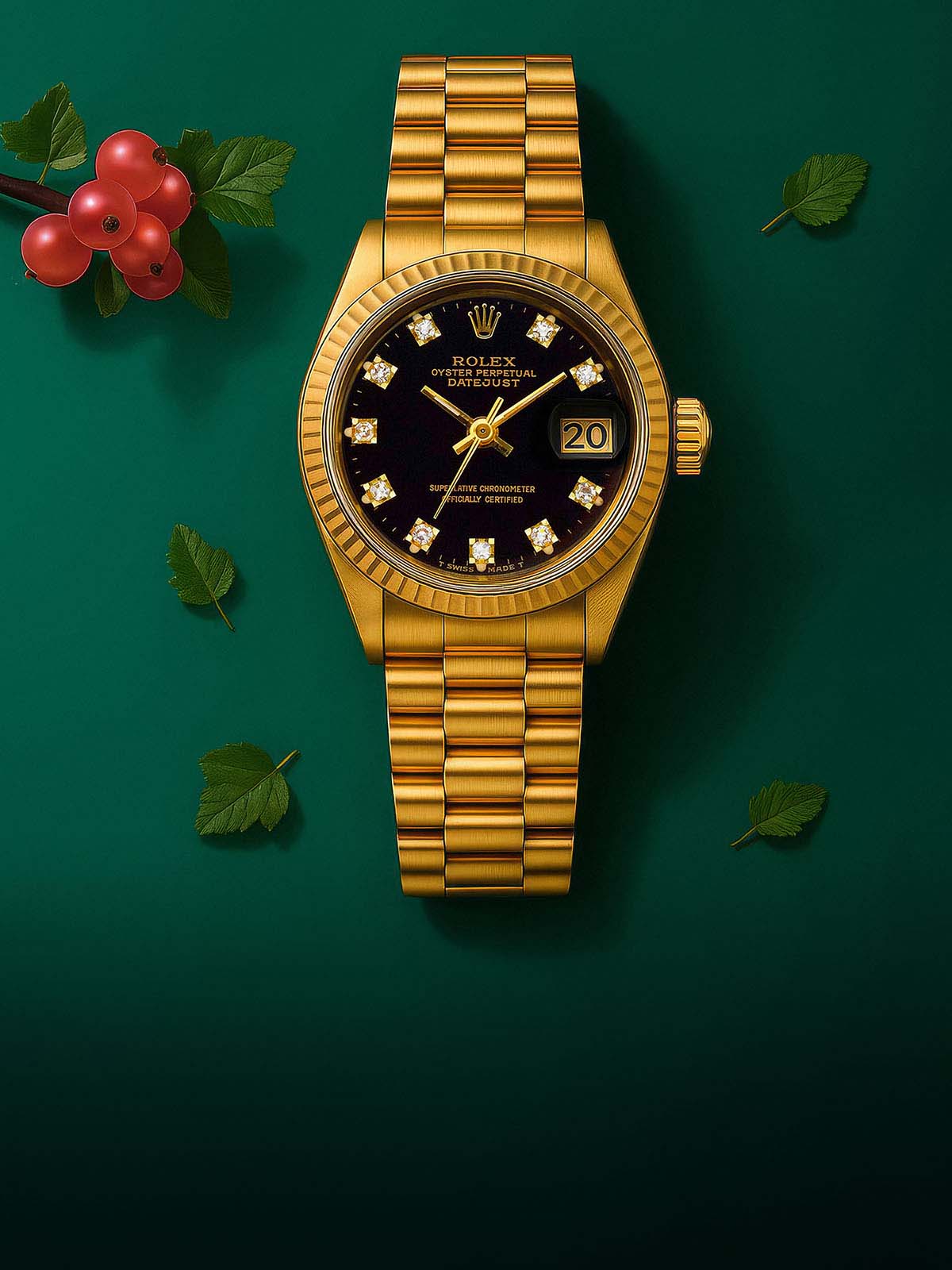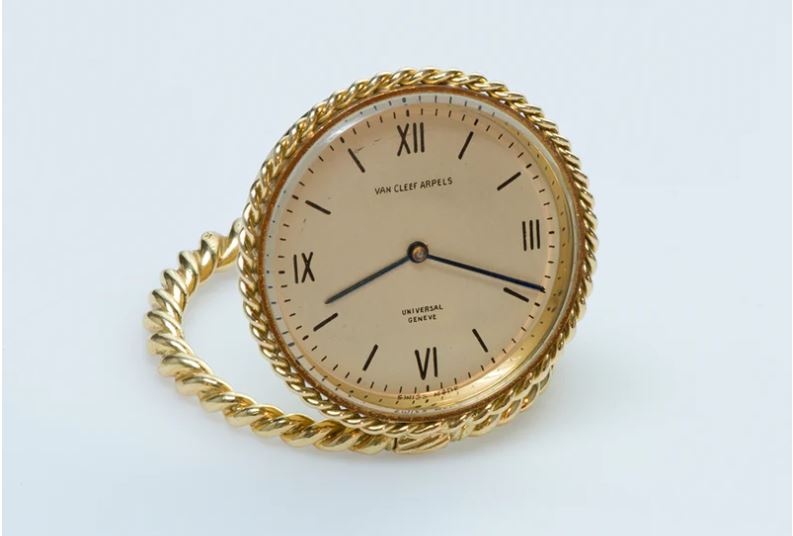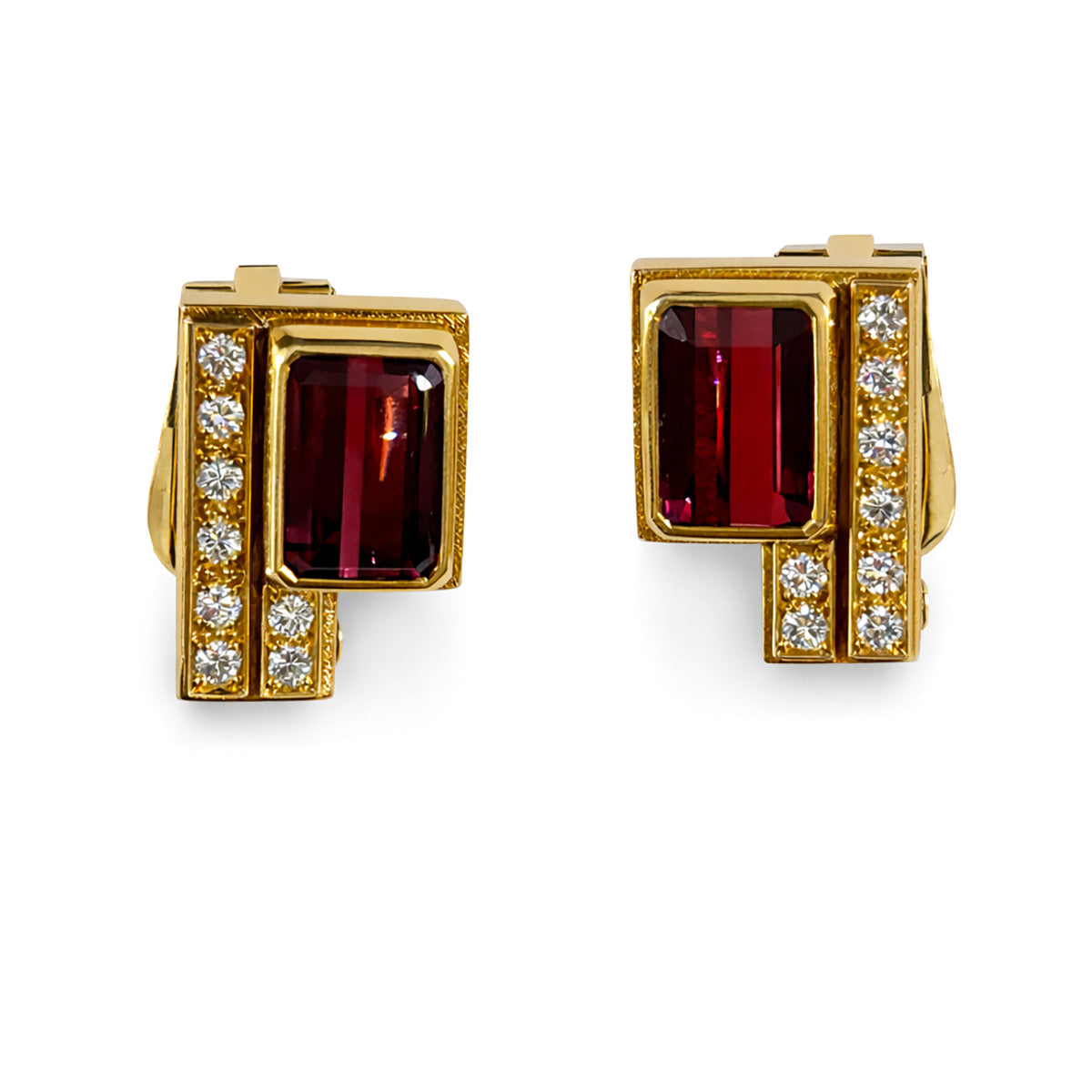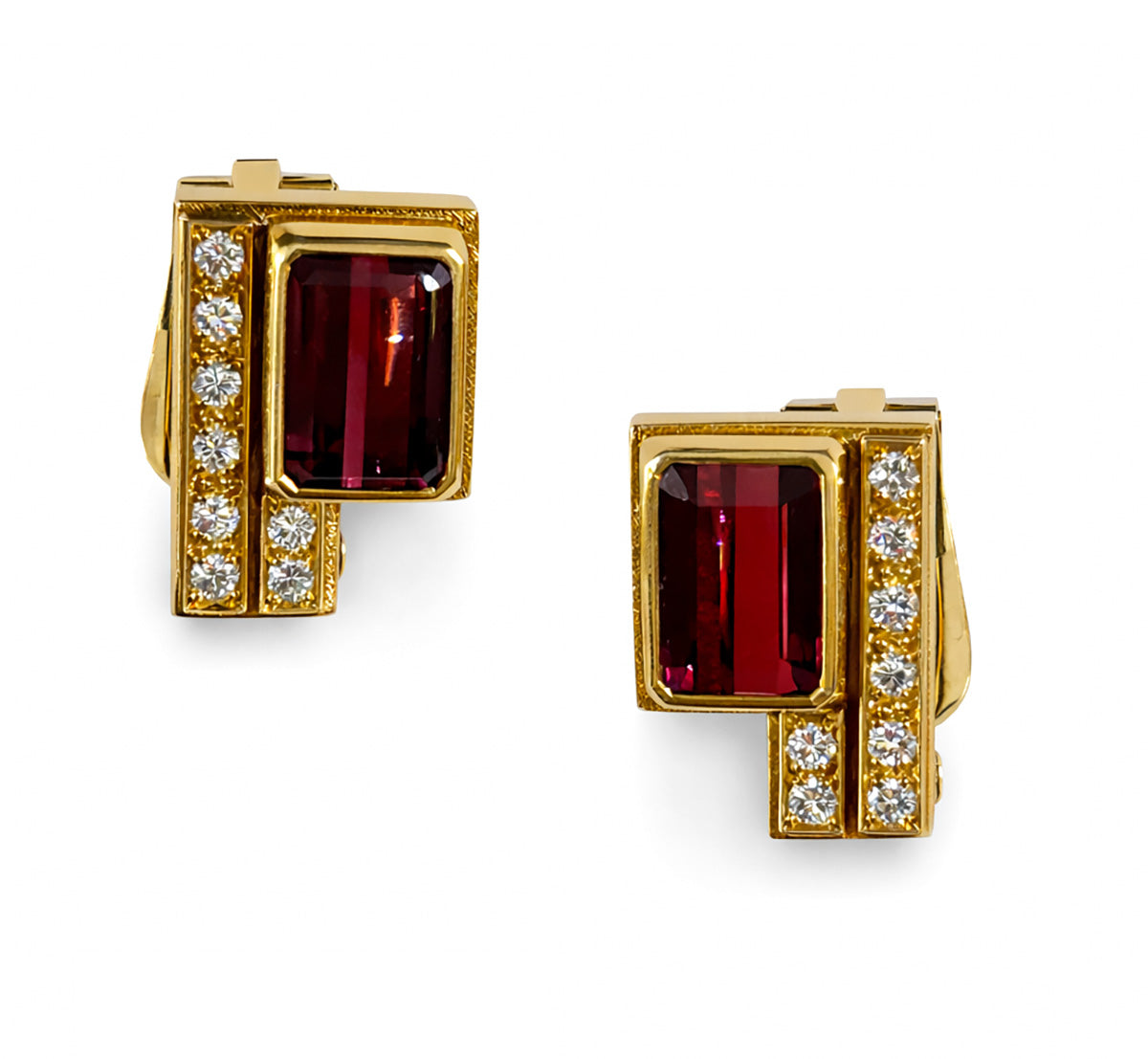
A Journey Into The World Of Mechanical Watches
Mechanical hand watches put us in touch with time more than any other object designed to tell the time. It picks up on the lifestyle of the owner.
The mechanical watches give the exact time according to the way they are worn and even according to the maintenance they receive throughout time.
By analogy, it is like handwriting, a unique expression of each individual's "style" and rhythm.

About Mechanical Watches
Even though even the most accurate mechanical watches have a deviation of a few seconds per day and a quartz watch is hundreds of times more accurate, this does not deter the industry, watch lovers, or sales from growing year after year.
The artistic side of it far outweighs the need for precision, especially as today, more than ever, a watch is an expression and extension of the self.
An object that introduces and speaks about you, your upbringing, your tastes, and who you are in general, more than any other object or accessory, the watch is a business card and even a non-formal CV.
Created strictly from components that act on each other mechanically, mechanical watches represent the pinnacle of human ingenuity, skill, and applied artistry.
In the absence of currently available technologies, the mechanical watch, an "outdated" and anachronistic object, is more relevant than ever.
Types Of Mechanical Watches
There are two types of mechanical watches: mechanical with manual winding and automatic, which are wound by the movement of the wearer's hand.
The former, mechanical clocks, have existed for hundreds of years in an almost unchanged form since Christiaan Huygens discovered the phenomenon of resonance and the metal balance spring.

Automatic watches, although the original idea came from Abraham Louis Perrelet, who had designed this function for pocket watches, only became practical with the introduction of the wristwatch in the 20th century.
Today, mechanical watches and those automatics have reached technical and technological "maturity," becoming true examples of pragmatism and creativity.
From the simplest mechanisms, which indicate only the hours and minutes, to perpetual calendar watches, which can distinguish between leap years and non-leap years, the basic principle of the operation of a mechanical watch remains constant, adding only complexity in terms of the number of components to achieve the various complications of one watch or another.
Components Of Mechanical Watches
Designed to fit into a case several tens of millimeters in diameter, the essential components of the mechanical watch mechanism are the spring case, which together with the mainspring provides the watch's power reserve (running time), and the gear train, which allows the movement of the indicators and the transfer of energy between the spring case and the escapement.
The escapement, the key assembly of the watch and the one that provides the accuracy of the watch is composed of the balance (the toothless wheel that oscillates), the balance spring that conditions the movement of the balance spring, the anchor wheel (the toothed wheel that controls the rate at which the energy is discharged from the spring box), and the fork, the component that connects the gear train to the escapement via the anchor wheel.
The more constant the cadence of the escapement, the better the watch's accuracy; the finishing of each component; the quality of the components; and, last but not least, the initial design of the mechanism are all at stake here.

A series of features that have been refined for centuries and that today offer us a connection with time in the most intimate way.
The DSF Antique Jewelry shop product portfolio includes mechanical watch brands such as Bulgari, Bulova, Paul Flato, and many other internationally renowned brands.
Thus, mechanical watches are objects that accompany us, serve us, and tell us the exact time as accurately as they can for a lifetime.
If we take care of them, service them in time, and protect them from shocks and water and dust ingress inside the case, they can become true family heirlooms that can be passed on to future generations.
















